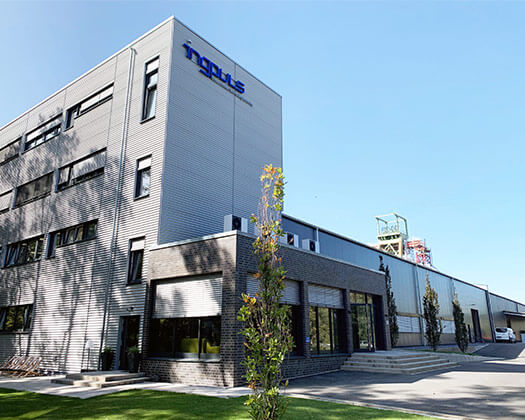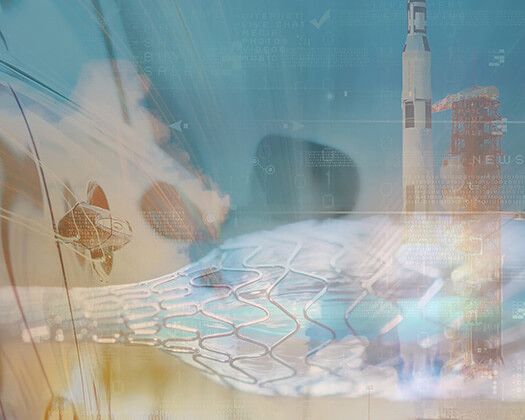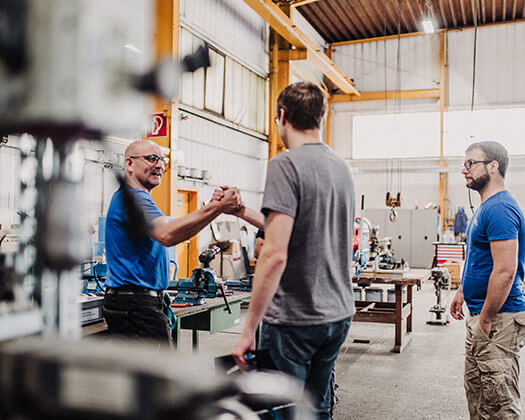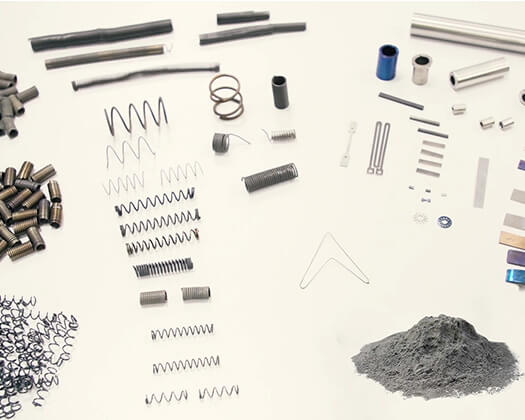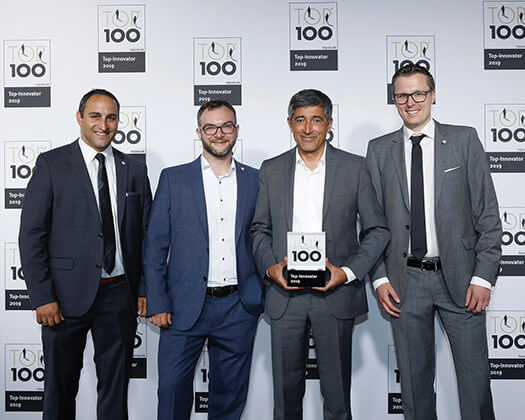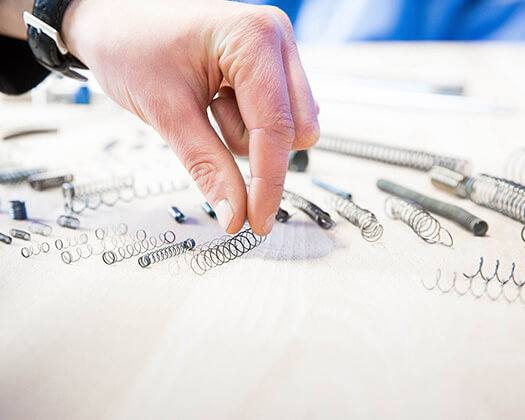Ingpuls in Aerospace: Interview with Till Assmann
Find out how this came about in our interview with Till Assmann (MOVE II).
Felix Manhart (Ingpuls): “Hello Till, first of all thank you for taking the time for the interview and answering some questions about the Move II-mission and our joint cooperation. How is the Move II satellite currently doing and what data is currently being collected?”
Till Assmann (MOVE II): “All systems are working nominally. First data are being collected (status of the systems, power supply, temperature). The satellite has an unexpectedly high rotation rate. However, this is not a danger for the satellite. Since the satellite has an active attitude control system, we are in the process of reducing this rotation rate.”
Felix Manhart (Ingpuls): “How did you experience the day when the Falcon 9 was finally allowed to launch after some weather-related postponements?”
Till Assmann (MOVE II): “There was a launch event at the Institute of Astronautics. Here, the project was looked back on and an overview of the individual teams was given, as well as the launch was followed live. There is a recording of the launch event here on Youtube.
Felix Manhart (Ingpuls): “How did the collaboration with Elon Musk`s company SpaceX go?”
Till Assmann (MOVE II): “There was no direct communication with SpaceX. The launch was organized via a so-called launch provider, Innovative Solutions In Space – ISIS. The launch contract was signed at this company and the communication with SpaceX was handled by this company.”
Felix Manhart (Ingpuls): “Keyword collaboration – we are proud that we were also able to contribute to the mission. Our SMA part was partly responsible for opening the solar panels – did everything go smoothly here and at what point were the solar panels opened?”
Till Assmann (MOVE II): “The satellite is transported on the rocket in a small container called a deployer. After reaching orbit, the satellite is ejected from the deployer. As soon as the satellite leaves the deployer, a 30-minute countdown begins in the satellite. After the countdown has expired, the mechanism is activated three times within 15 minutes. This is followed by a pause of 3 hours in which the satellite attempts to establish contact with the ground station, followed by 15 minutes in which the mechanism is activated 3 times again.
This sequence continues until the ground station can establish stable communication with the satellite. The ground station then sets the satellite to a mode in which the satellite no longer activates the SMA mechanism. Just a few hours after the launch of the rocket, a ground station in Australia received a signal from the satellite. This means that the mechanism was working. However, the deactivation of the SMA mechanism took a little longer than expected, which was due to the radio link and not the mechanism. This is the first signal received.”
Felix Manhart (Ingpuls): “Have you had any previous contact with shape memory alloys?”
Till Assmann (MOVE II): “The principle of using shape memory alloys for the mechanism has already been tested at the chair with an experiment on a suborbital rocket. I personally have heard about shape memory alloys in lectures, but otherwise I had no experience with it.”
Felix Manhart (Ingpuls): “How many other external service providers were involved in building the satellite and how long did the development phase take?”
Till Assmann (MOVE II): “There were about 20 external partners involved. The preliminary work started in 2011, but the actual work only started in 2015.”
Felix Manhart (Ingpuls): “Until when will the Move II satellite still be in orbit?”
Till Assmann (MOVE II): “Operationally 6 months and possibly beyond. After 10 years, the satellite will burn up in the atmosphere and will therefore not exacerbate the space debris problem. On re-entry, the sma feathers will probably contract one last time, albeit briefly ;).”
Felix Manhart (Ingpuls): “What other projects are you planning in the near future, can you imagine using shape memory alloys again here?”
Till Assmann (MOVE II): “A sister satellite to MOVE-II called MOVE-IIb is currently being built and tested. It uses the same systems as MOVE-II. Using SMA has some advantages that make it very interesting to use on other systems in the future.”
Felix Manhart (Ingpuls): “Thank you very much for the nice conversation!”
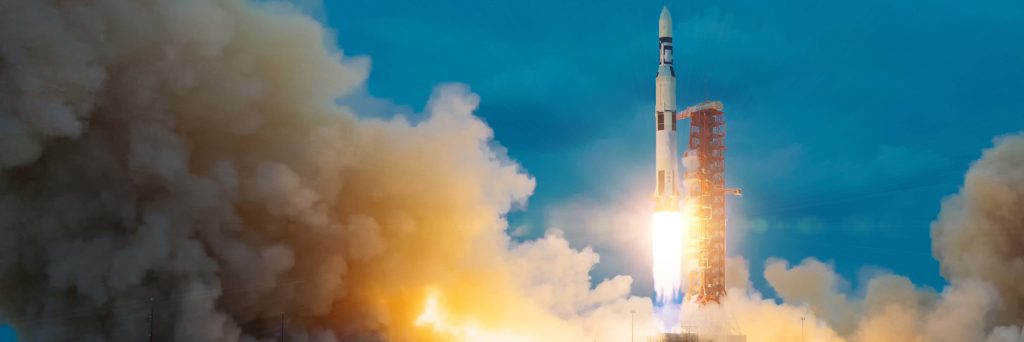
Dr. Christian Großmann (CEO Ingpuls GmbH) dazu: “We have been trying to support Till and his team as best we could for several years. We were fascinated by the fact that a few young students, under the guidance of former astronauts, are able to build a functioning satellite, initially in a university environment. For us, it all started with a very ordinary request true to the motto: “We need an SMA spring and are looking for someone who can help us with it.
It quickly became clear to us that we would not earn much money with this project. But it was just as clear to us that we didn’t want to leave the student team hanging. After all, the founder of Ingpuls also knew the feeling quite well. As students, we were also treated stepmotherly by many companies and that didn’t feel so good. So we had agreed together that at Ingpuls we would try to develop and deliver a component that worked cleanly with as little effort on our side as possible and more effort on the customer’s side instead. We were able to save time, Till and his team money.
With a little guidance from us, Till and his colleagues then carried out numerous tests on their own and, through their feedback in our direction, helped us to optimize the component step by step as well. We always helped to interpret the results correctly, so that we were able to draw the right conclusions again and again during the project.
Overall, the cooperation was a lot of fun and neither party was angry when the other sometimes took a little longer to respond to emails. Because that’s how it is sometimes when both sides have a full agenda and also have to concentrate on other issues. So in the end I can say that we are proud to have become part of this success story and that we want to continue to support pioneers like this in the future. And that really was “Rocket Science”!
